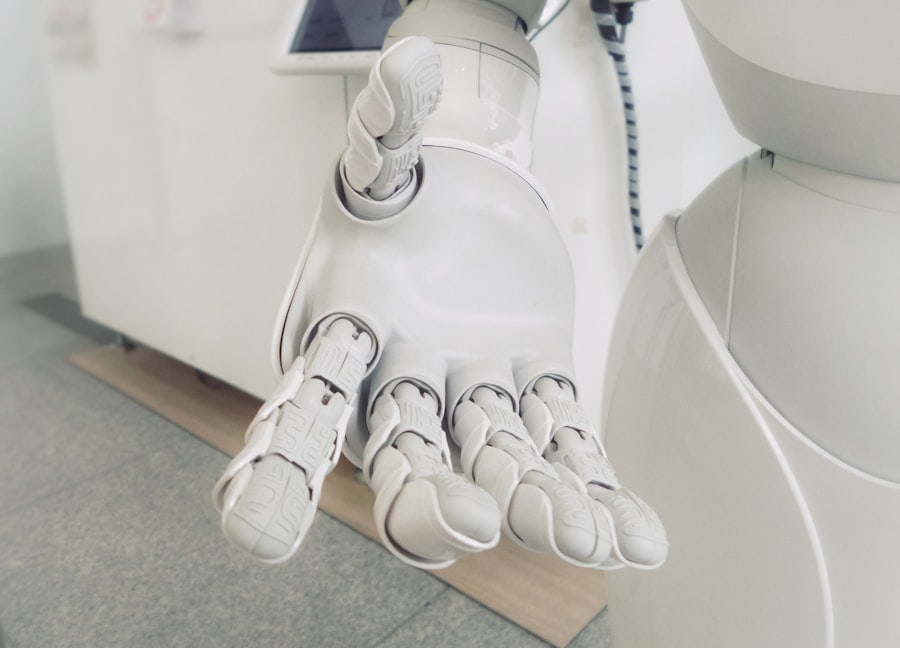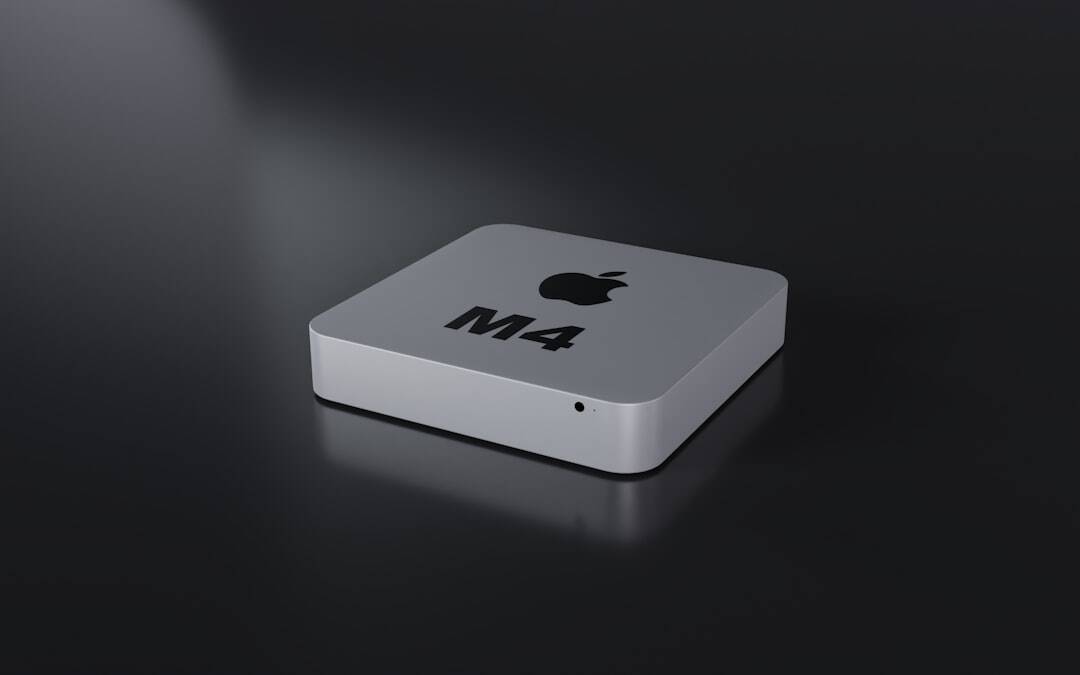Neural networks are a key component of artificial intelligence (AI), designed to emulate human brain function in processing information. These networks are composed of interconnected nodes, or “neurons,” that collaborate to analyze complex data. Each neuron receives, processes, and transmits information to other neurons, creating an intricate network of information processing units.
This structure enables neural networks to learn from data, identify patterns, and make decisions in a manner reminiscent of human cognition. AI encompasses the development of computer systems capable of performing tasks typically requiring human intelligence. These tasks include visual perception, speech recognition, decision-making, and language translation.
Neural networks are integral to AI, providing the foundational framework for learning and decision-making processes. By utilizing neural networks, AI systems can be trained to recognize patterns, generate predictions, and adapt to new information, making them versatile and powerful tools applicable to a wide range of fields.
Key Takeaways
- Neural networks are a key component of artificial intelligence, mimicking the human brain to process complex data and make decisions.
- Neural networks play a crucial role in AI by enabling machines to learn from data, recognize patterns, and make predictions.
- Training neural networks for AI applications involves feeding them with large amounts of data and adjusting their parameters to minimize errors.
- Neural networks are powerful tools for pattern recognition, allowing AI systems to identify and categorize complex patterns in data.
- Natural language processing benefits from neural networks, enabling AI to understand and generate human language more effectively.
The Role of Neural Networks in AI
Adaptability and Continuous Improvement
One of the key advantages of neural networks in AI is their ability to adapt and learn from new information. Through a process known as training, neural networks can be exposed to large amounts of data and learn to recognize patterns and make decisions based on that data. This allows AI systems to continuously improve their performance over time, making them more accurate and reliable in their decision-making processes.
Driving Advancements in Various Fields
As a result, neural networks are at the core of many cutting-edge AI applications, driving advancements in fields such as healthcare, finance, transportation, and more.
Enabling Intelligent Decision-Making
The ability of neural networks to process complex information and make predictions based on data enables AI systems to make intelligent decisions, similar to human cognition. This has far-reaching implications for industries and applications where accurate and reliable decision-making is critical.
Training Neural Networks for AI Applications

Training neural networks for AI applications involves exposing the network to large amounts of data and adjusting its parameters to optimize its performance. This process typically involves feeding the network with labeled data, allowing it to learn from the input and adjust its internal parameters to improve its ability to recognize patterns and make predictions. Through this iterative process, the network becomes increasingly accurate and reliable in its decision-making processes.
There are several techniques for training neural networks, including supervised learning, unsupervised learning, and reinforcement learning. In supervised learning, the network is trained on labeled data, where the correct output is provided for each input. This allows the network to learn from the labeled examples and make predictions based on new input data.
Unsupervised learning, on the other hand, involves training the network on unlabeled data, allowing it to discover patterns and structures within the data on its own. Reinforcement learning involves training the network through a system of rewards and punishments, where it learns to make decisions based on feedback from its environment.
Leveraging Neural Networks for Pattern Recognition
| Neural Network Type | Accuracy | Precision | Recall |
|---|---|---|---|
| Feedforward Neural Network | 90% | 0.88 | 0.92 |
| Convolutional Neural Network | 95% | 0.92 | 0.96 |
| Recurrent Neural Network | 88% | 0.85 | 0.90 |
Neural networks are incredibly powerful tools for pattern recognition, as they are capable of learning complex patterns from large amounts of data. This makes them invaluable for a wide range of applications, from image and speech recognition to fraud detection and medical diagnosis. By training neural networks on labeled data, they can learn to recognize patterns and make predictions based on new input data, making them highly effective at identifying complex relationships within the data.
One of the key advantages of using neural networks for pattern recognition is their ability to handle large and complex datasets. Traditional pattern recognition algorithms often struggle with large amounts of data or data that is highly variable or noisy. Neural networks, on the other hand, excel at processing large volumes of data and can adapt to complex and variable patterns, making them well-suited for real-world applications where data is often messy and unpredictable.
Harnessing the Power of Neural Networks for Natural Language Processing
Natural language processing (NLP) is a field of AI that focuses on enabling machines to understand and interpret human language. Neural networks play a crucial role in NLP by providing the underlying framework for language understanding, translation, sentiment analysis, and more. By training neural networks on large corpora of text data, they can learn to understand the nuances of human language and make accurate predictions about language-related tasks.
One of the key challenges in NLP is the complexity and variability of human language. Neural networks are well-suited for this task because they can learn to recognize patterns and structures within language data, allowing them to understand context, syntax, semantics, and more. This makes them invaluable for a wide range of NLP applications, from chatbots and virtual assistants to language translation and sentiment analysis.
Enhancing AI Capabilities with Deep Learning and Neural Networks

Revolutionizing AI with Deep Learning
By using Deep Learning techniques, AI systems can achieve state-of-the-art performance in tasks such as image recognition, speech synthesis, and autonomous decision-making.
The Power of Neural Networks
Neural networks are at the core of deep learning, providing the underlying framework for learning from data and making complex decisions. By leveraging the power of deep learning and neural networks, AI systems can achieve unprecedented levels of accuracy and reliability in their decision-making processes.
Impact on Various Industries
This has led to significant advancements in fields such as healthcare, finance, transportation, and more, where AI systems are being used to make critical decisions that impact human lives.
Future Applications of Neural Networks in AI
The future of neural networks in AI is incredibly promising, with potential applications in a wide range of fields. In healthcare, neural networks are being used to analyze medical images, diagnose diseases, and predict patient outcomes with unprecedented accuracy. In finance, they are being used for fraud detection, risk assessment, and algorithmic trading.
In transportation, they are being used for autonomous vehicles and traffic management systems. As technology continues to advance, we can expect neural networks to play an increasingly important role in shaping the future of AI. From personalized medicine to smart cities and beyond, neural networks will continue to drive advancements in AI that have the potential to revolutionize how we live and work.
With ongoing research and development in this field, we can expect to see even more innovative applications of neural networks in AI in the years to come.
If you’re interested in the potential applications of neural networks in virtual environments, you might want to check out this article on gaming in the metaverse. It discusses how neural networks could be used to enhance the gaming experience and create more immersive virtual worlds.
FAQs
What are neural networks?
Neural networks are a type of machine learning algorithm that is inspired by the structure and function of the human brain. They consist of interconnected nodes, or “neurons,” that work together to process and analyze complex data.
How do neural networks work?
Neural networks work by taking in input data, processing it through multiple layers of interconnected neurons, and producing an output. Each neuron applies a mathematical operation to the input data and passes the result to the next layer of neurons.
What are the applications of neural networks?
Neural networks are used in a wide range of applications, including image and speech recognition, natural language processing, financial forecasting, and medical diagnosis. They are also used in autonomous vehicles, robotics, and many other fields.
What are the different types of neural networks?
There are several types of neural networks, including feedforward neural networks, convolutional neural networks (CNNs), recurrent neural networks (RNNs), and long short-term memory (LSTM) networks. Each type is designed for specific tasks and data types.
What are the advantages of using neural networks?
Neural networks are capable of learning and adapting to complex patterns in data, making them well-suited for tasks that involve large amounts of unstructured data. They can also handle non-linear relationships and are able to generalize from examples.
What are the limitations of neural networks?
Neural networks require large amounts of data for training and can be computationally intensive. They are also prone to overfitting, where the model performs well on the training data but poorly on new, unseen data. Additionally, neural networks can be difficult to interpret and explain.











Leave a Reply